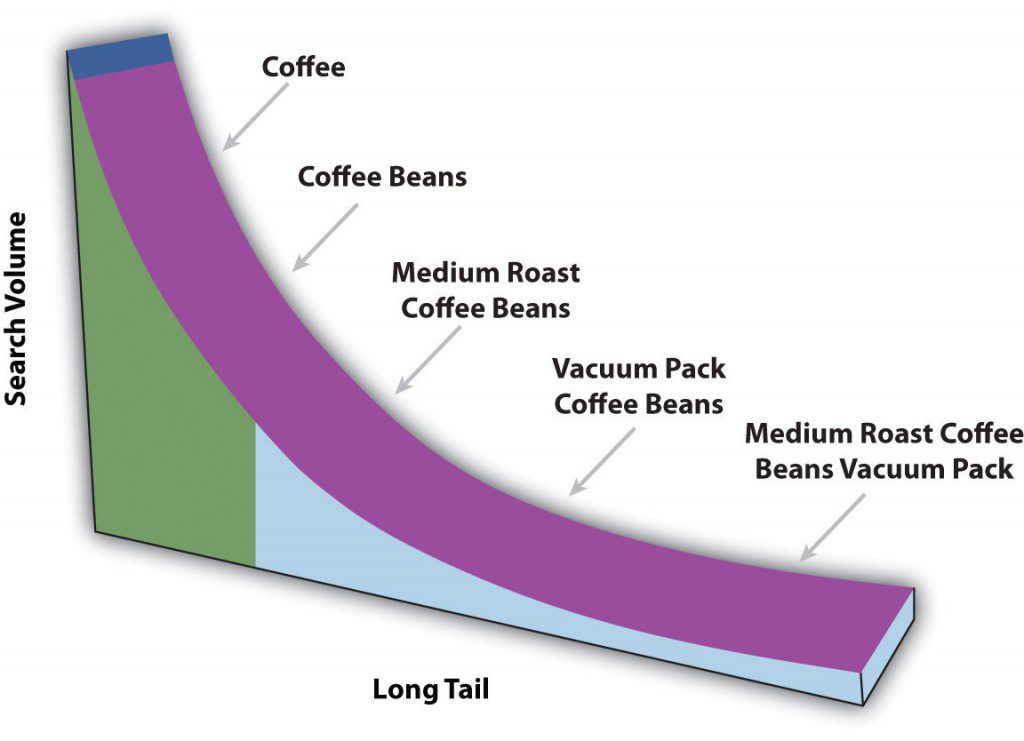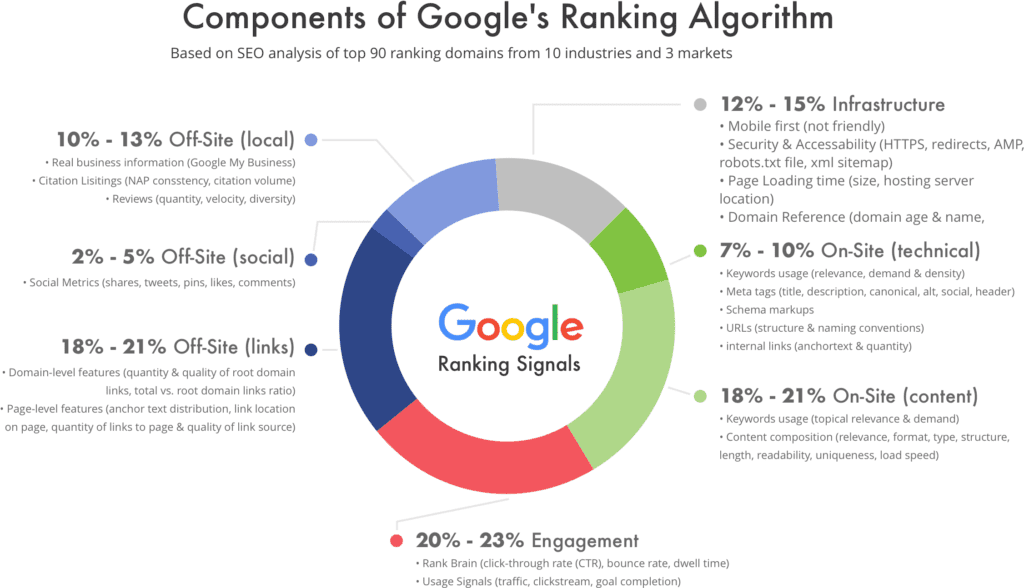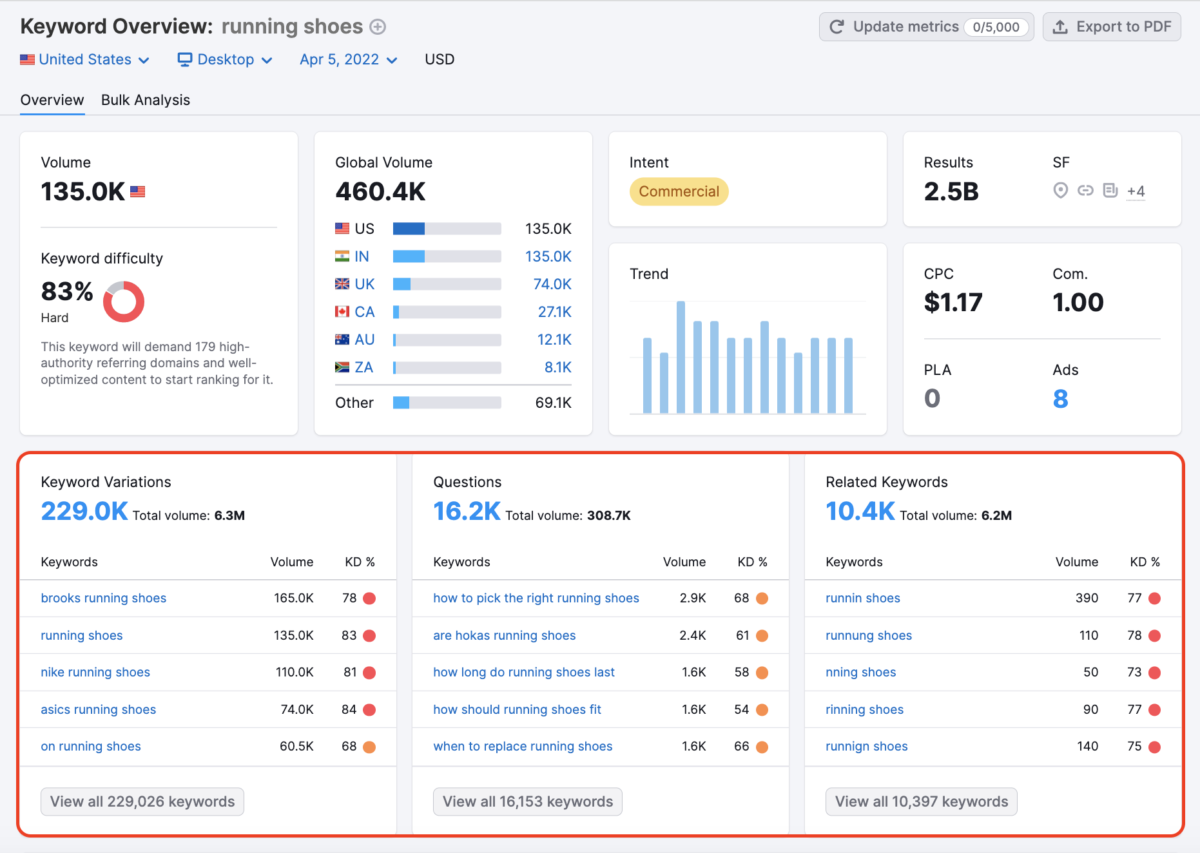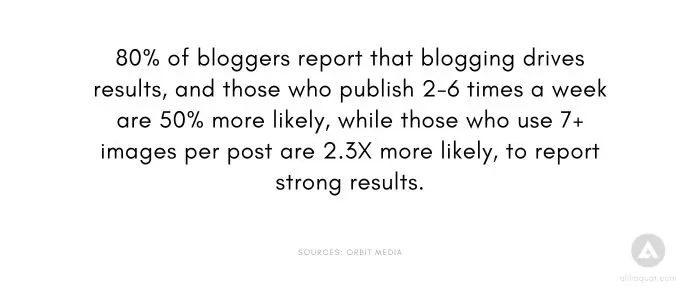Welcome to my latest blog post on SEO for dentists! As a digital marketer and SEO consultant, I know just how important it is for dental practices to prioritize their online visibility. In today’s digital age, potential patients are searching for dentists online, and if your practice isn’t easily found, you risk losing out to your competitors.
That’s where SEO comes in. By optimizing your website for search engines, you can improve your rankings on Google and attract more traffic to your website. And the more traffic you attract, the more potential patients you’ll have the chance to convert into actual patients.
In this post, I’ll be providing a comprehensive guide on how dental practices can rank #1 on Google for dental keywords. I’ll be covering everything from keyword research to on-page and off-page SEO, to local SEO and analytics tracking.
So, whether you’re a dentist just starting with SEO or looking to improve your existing strategy, this post is for you. Let’s get started!
Table of Contents
1. SEO Keyword Research for Dentists
Now that we’ve covered the importance of SEO for dental practices, let’s dive into the first step of a successful SEO strategy: keyword research.
Keyword research is the process of identifying the keywords and phrases that potential patients are using to search for dental services online. By targeting these keywords in your website’s content, you can increase your chances of ranking higher on Google and attracting more traffic to your website.
So, what are the top dental keywords you should be targeting? Here’s a list to get you started:
- Dentists
- Dental
- Teeth Whitening
- Braces
- Dental Implants
- Root Canal
- Oral Surgery
- Gum Disease
- Tooth Extraction
- Cosmetic Dentistry
These are just a few examples of the many dental keywords that potential patients may be searching for. The key is to identify the keywords that are most relevant to your practice and have the highest search volume.
Long-tail Keywords for Dental SEO
In addition to targeting broad dental keywords, it’s also important to consider long-tail keywords. Long-tail keywords are more specific phrases that contain multiple words, and they can often be easier to rank for and more targeted to your specific audience. For example, instead of targeting the broad keyword “dentist,” you might target a long-tail keyword like “best cosmetic dentist in New York City.”
So, how do you find these long-tail keywords? One easy way is to use Google’s autocomplete feature. Simply start typing in a broad keyword related to your practice, and Google will suggest related long-tail keywords that people are searching for.

There are also many tools for keyword research, such as Google Keyword Planner, SEMrush, and Ahrefs. These tools can help you identify the search volume and competition level for different keywords, as well as suggest related keywords that you may not have thought of.
Keyword research is a crucial first step in any successful SEO strategy for dental practices. By identifying the keywords that potential patients are using to search for dental services, you can optimize your website’s content and increase your chances of ranking higher on Google.
2. On-Page SEO for Dentists
Now that you’ve identified the keywords you want to target, it’s time to optimize your website’s on-page SEO. On-page SEO refers to the optimization of individual web pages to rank higher and earn more relevant traffic from search engines.
Why is on-page SEO important?
Well, search engines like Google look at various on-page factors to determine the relevance and quality of a website’s content. By optimizing your website’s on-page elements, you can help Google understand what your website is all about and improve your chances of ranking higher for relevant searches.
Here are some tips for optimizing your website’s on-page SEO:
- Title tags: Use a descriptive and keyword-rich title tag for each page on your website. Make sure the title tag accurately reflects the content of the page.
- Meta descriptions: Write a compelling and keyword-rich meta description for each page on your website. This will appear in search engine results and can influence whether or not people click through to your website.
- Headers (H1, H2, H3): Use header tags (H1, H2, H3) to break up your content and make it easier for users to read. Include your target keywords in your header tags where appropriate.
- Content optimization: Optimize your content for your target keywords. Use your keywords in your content, but don’t overdo it. Aim for a keyword density of around 1-2%. Also, use internal linking to help users navigate your website and to signal to search engines which pages are the most important.
- Image optimization: Optimize your images by using descriptive file names and alt text that includes your target keywords. This will help your images appear in Google’s image search and can also improve your website’s overall relevance.
- URL structure: Use a clear and descriptive URL structure for your website’s pages. Include your target keywords in your URLs where appropriate.
- Mobile optimization: Ensure that your website is mobile-friendly and loads quickly. This is becoming increasingly important as more and more people use mobile devices to browse the web.

On-page SEO is an important aspect of any successful SEO strategy for dental practices. By optimizing your website’s on-page elements, you can improve your website’s relevance and quality, and increase your chances of ranking higher for relevant searches.
3. Off-Page SEO For Dental Practitioners
In addition to on-page SEO, off-page SEO is another crucial component of a successful SEO strategy for dental practices. Off-page SEO refers to the optimization of external factors that can influence your website’s search engine rankings, such as link building and social media.
Why is off-page SEO important?
Because it signals to search engines that other websites and users consider your website to be authoritative and relevant.
Here are some tips for optimizing your website’s off-page SEO:
- Link building for Dental SEO: Build quality backlinks to your website from relevant and authoritative websites. This can include guest blogging, creating shareable content, and reaching out to other websites in your industry for link opportunities. The more quality backlinks you have to point to your website, the more likely you are to rank higher in search engine results.
- Social media: Maintain an active presence on social media and share your website’s content to increase your visibility and attract more traffic. Social media signals can also influence your website’s search engine rankings.
- Local SEO for Dentists: Optimize your website for local searches by including location-specific keywords and creating a Google My Business listing. Encourage satisfied patients to leave positive reviews on Google and other review platforms.
- Online directories: Submit your website to relevant online directories and ensure that your business information is accurate and consistent across all platforms. This can help improve your website’s visibility and relevance for local searches.
- Guest blogging: Write guest posts for other websites in your industry and include a link back to your website. This can help build your website’s authority and attract more traffic.
Off-page SEO is an important component of a successful SEO strategy for dental practices. By optimizing external factors that can influence your website’s search engine rankings, you can improve your website’s authority and relevance, and attract more traffic to your website.
4. Local SEO for Dentists
Local SEO is an essential aspect of SEO for dentists, especially for practices that serve specific geographic areas. Local SEO focuses on optimizing your website’s online presence to rank higher in local search results.
Why is local SEO important for dental practices?
Because potential patients are searching for dentists in their local area, and by optimizing your website for local searches, you can increase your visibility and attract more traffic to your website.
Here are some tips for optimizing your website’s local SEO for dental practices:
- Google My Business listing: Create a Google My Business listing for your practice and optimize it with relevant keywords and accurate business information. This will help your practice appear in Google’s local search results, as well as in Google Maps.
- Local keywords for Dental SEO: Use location-specific keywords throughout your website’s content, including in your title tags, meta descriptions, headers, and content. For example, instead of targeting the broad keyword “dentist,” you might target a more specific keyword like “best dentist in Los Angeles.”
- NAP consistency (name, address, phone number): Ensure that your practice’s name, address, and phone number (NAP) are accurate and consistent across all online platforms, including your website, social media profiles, and online directories. This can help improve your practice’s visibility in local search results.
- Reviews: Encourage satisfied patients to leave positive reviews on Google and other review platforms. Reviews can help improve your practice’s visibility and reputation, and can also influence potential patients’ decisions to choose your practice.
Local SEO is a crucial aspect of SEO for dental practices. By optimizing your website’s online presence for local searches, you can increase your visibility and attract more traffic to your website, which can ultimately lead to more patients.
5. SEO Analytics and Tracking
Analytics and tracking are essential components of any successful SEO strategy for dental practices. By monitoring your website’s traffic, rankings, and conversion rate, you can gain valuable insights into how your website is performing and make data-driven decisions to improve your SEO.
Here are some tips for using analytics and tracking to improve your website’s SEO:
- Google Analytics: Use Google Analytics to track your website’s traffic and user behavior. You can track metrics such as the number of sessions, page views, bounce rate, and average session duration. This can help you identify which pages are performing well and which ones need improvement.
- Google Search Console: Use Google Search Console to monitor your website’s search engine performance, including your search rankings, click-through rates, and impressions. You can also use this tool to identify any technical issues that may be affecting your website’s performance in search results.
- SEMrush: Use SEMrush to track your website’s rankings, as well as your competitors’ rankings. This can help you identify areas where you may be falling behind and where you can improve your website’s SEO.

Using analytics and tracking data, you can identify which pages are performing well and which ones need improvement. You can also identify which keywords are driving the most traffic to your website and which ones you should focus on optimizing.
Additionally, you can use this data to identify any technical issues that may be affecting your website’s performance in search results.
Analytics and tracking are essential components of any successful SEO strategy for dental practices. By monitoring your website’s performance and making data-driven decisions, you can improve your website’s SEO and attract more traffic to your website, ultimately leading to more patients.
Conclusion
We’ve covered a comprehensive guide on how dental practices can rank #1 on Google for dental keywords. Here are some key takeaways:
- Use keyword-rich content on your website’s homepage, services page, about page, and blog articles
- Focus on creating informative, engaging, and high-quality content
- Create a Google My Business listing and optimize it with relevant keywords and accurate business information
- Build quality backlinks from relevant and authoritative websites
- Encourage satisfied patients to leave positive reviews on Google and other review platforms
- Monitor your website’s traffic, ranking, and conversion rate regularly, and use the data to improve your SEO strategy.
By following these tips and strategies, dental practices can improve their online visibility, attract more traffic to their website, and ultimately, attract more patients.
So, what’s the next step? If you’re a dental practice looking to improve your SEO, it’s time to prioritize your online presence. By investing in SEO, you can attract more patients and grow your practice. Start by conducting keyword research, optimizing your website’s on-page and off-page SEO, and monitoring your website’s performance with analytics and tracking tools.
Remember, SEO is an ongoing process that requires consistent effort and monitoring. But by prioritizing your website’s SEO, you can achieve long-term success and attract more patients to your practice.

Ali is a digital marketing blogger and author who uses the power of words to inspire and impact others. He has written for leading publications like Business2Community, Inc. Magazine, and Marketing Profs. When not writing, he enjoys spending time with his family.



